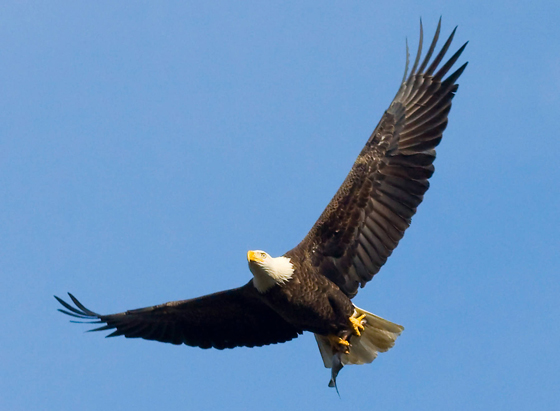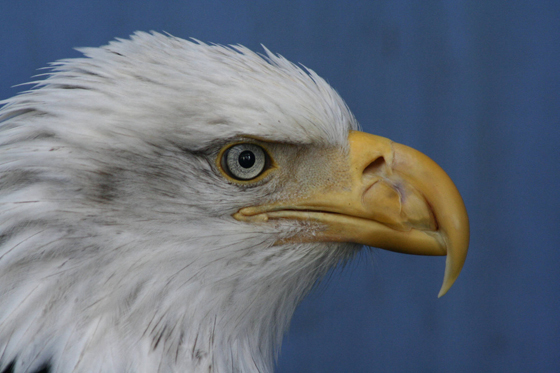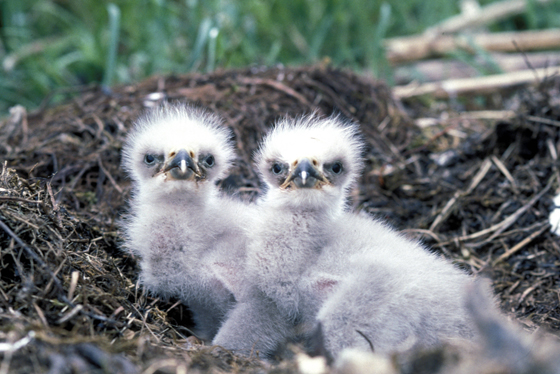The Bald Eagle in Coastal Texas

2025 Spring Antiques Show | March 20 – April 6
2025 Fall Antiques Show | October 4 – 18
The bald eagle, our national emblem, is one of the most charismatic birds in Texas. It’s a species that people will stop to watch; it gives people a sense of wilderness. It’s also a species that was almost eliminated as a breeder in Texas.
The bald eagle is becoming more common throughout coastal Texas because of quality stewardship from area landowners, regulations protecting it and pesticide use restrictions. Not all that long ago seeing a bald eagle was a rare event.
The Texas Parks and Wildlife Department started studying nesting, food habits and movements of the bald eagle in 1970 when there were only four pairs known to nest in the state. All lived near the coast. Their nesting population was closely monitored each year through 2005 at which time 156 nesting territories were documented following a 10 percent increase per year.
Research determined their diets were mostly fish, waterfowl, coots and turtles, although occasionally they were sighted scavenging on road kills. Eagles tended to use the same nest each year, and when the nest fell, they would build another one nearby. Eagles generally did not stay near the nest all year. Many left the nesting area during the summer after the young fledged and migrated north with some going as far as Canada.
Today, TPWD doesn’t know exactly how many bald eagle nesting territories there are. TPWD still keeps up with information on historic eagle nesting sites and new sites reported by the public. This allows TPWD to provide input as new development occurs to help minimize impacts to the species.

The timing of nesting is directly related to how far south the pair is nesting. Those nesting in southern Texas generally return to their nesting territories in October, lay eggs in late November with eggs hatching by early January and young leaving the nest in spring. Eagles nesting to the north start progressively later depending on latitude. Nest initiation is usually timed to coincide with peak food availability to raise the young.
Northern breeding eagles tend to migrate south during the winter following waterfowl and looking for ice-free water. This makes eagle monitoring complicated. Is the eagle spotted fishing at the river a local nester, or is it a bird from one of the northern states? The only way to really know is to find it associated with a nest.
Eagles tend to nest in large trees within one mile of rivers, creeks and lakes that are secluded and also provide the eagles good views of surrounding land and allow them to easily fly to and from the nest. Large trees are required for nesting because nests are typically at least five feet in diameter and at least three feet deep.
When eagles don’t nest in the classic setting described above, it indicates populations are increasing and that local habitats are possibly becoming “saturated.” Reports of nests near small seasonal creeks (30 feet wide in Calhoun County), catfish farms surrounded by agricultural lands (Matagorda and Wharton counties) and within residential areas of Houston are becoming more common.
A farmer recently found a nest on the ground in Matagorda County. It was the first known ground nest in Texas. There were catfish farms nearby to provide food but no large trees. The eagle appeared to be trying to take advantage of this food source. A ground predator found the nest before the eggs could hatch. Nature tends to cull bad decisions.

Harris County, with millions of people and large residential and industrial complexes, supports more eagle nests than any coastal county in Texas. Harris County hosts 23 nesting territories. Many of these are associated with green belts near Lake Houston and bayous and rivers. A few are near other bodies of water such as clusters of golf course ponds. Other sites are puzzling being in isolated wood lots at distances greater than one mile from any large bodies of water.
Brazoria County supports the second most reported bald eagle nests with 16 and is followed closely by Wharton County with 15. Matagorda and Victoria counties each have 13; Fort Bend and Jackson counties have 10 each; Goliad County nine; Colorado County seven; Bastrop and Fayette counties have five each; Calhoun County four; Lee, Orange and Refugio counties three each; Gonzales, Jefferson and Lavaca counties two each; and Austin and Caldwell counties one each. The remaining four counties in the region report no nests.
by Brent Ortego, Ph.D.
Wildlife Diversity Biologist
The Roundtopolis is home to wildlife and habitat. The Register is proud to offer information from the biologists at Texas Parks & Wildlife Department in both the wildlife and urban wildlife programs. For more information about wildlife programs in the area, call the TPWD District Wildlife Office in La Grange at 979-968-6591, contact the Urban Wildlife Program at 210-688-6447 or find your local biologist at www.tpwd.state.tx.us. (Click on “Wildlife” and then “Find a Wildlife Biologist.”)
2025 Spring Antiques Show | March 20 – April 6
2025 Fall Antiques Show | October 4 – 18